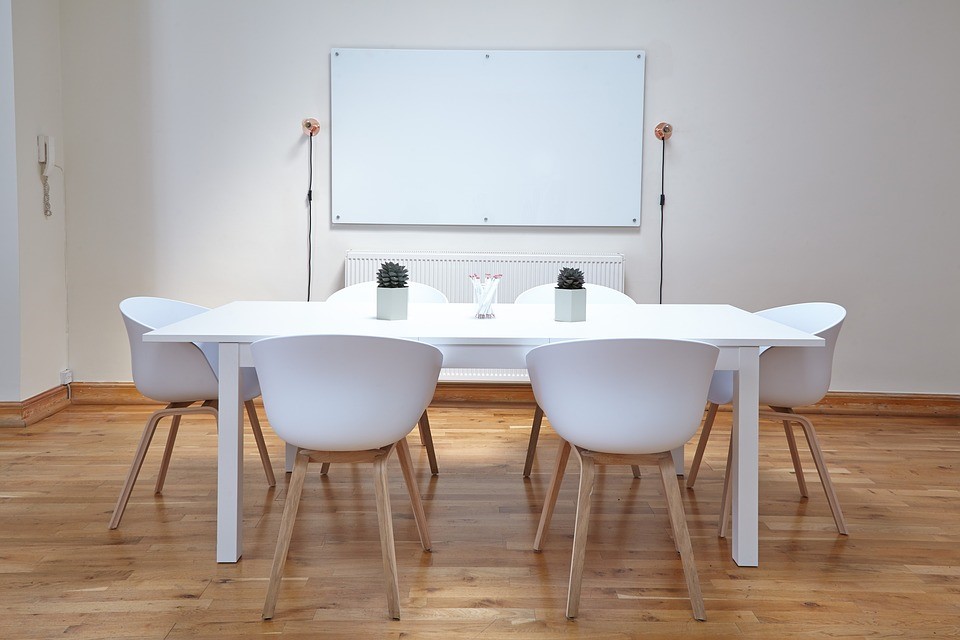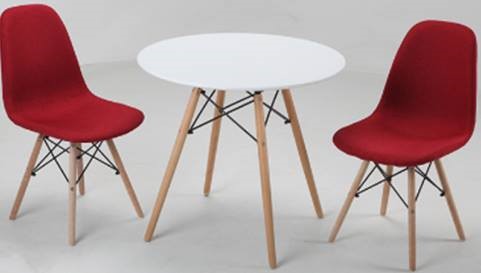It is being widely reported that minimalism is coming to an end, and we’re not quite sure how to feel about this. For some reason, sparseness seems linked with purity; in furniture as in life, perhaps. And there’s no denying that this style makes for elegant furniture.
The unassuming whites, gentle organic curves and unadorned juts of steel that make up an Eames chair typify this feeling. There is a readiness to desert the foreground; to divert the eye. It is humble but it is also composed.
Is it then that we are sick of purity? Are we ready to indulge – to lose composure? For David Alhadeff, this is part of the answer. He puts much of the abandonment of minimalism, as evidenced at the 2017 Milan design week, down to changes in the economy. The move to maximalism then – an aesthetic characterised by boldness, luxury materials and bright colours – is essentially just an expression of maximalism’s new-found economic viability.
We find this explanation a little too neat. It seems likely that there are more factors influencing this shift. However, another interesting point is raised in the same above piece. The author notes the ubiquity of advanced technological manufacturing processes and, interestingly, their combination with other recently revived arts. Think impossibly fine and intricate 3-D-printed objects with warm, hand-painted finishes.
With these two factors on the table, the picture feels a little more complete. A recovering US economy plus a surge in novel design tech equals eclecticism and big, bold design. More convincing? Yes. But it’s certainly not all there is to it.
Elsewhere in the world of interiors, there’s been a movement towards warmth that seems highly related. The yearning for authenticity in restaurant culture has been responded to via such a plethora of restaurants that are branded in such a way as to emphasise honesty and authenticity that it’s become a widely joked-about phenomenon. And while the food is where this is most clear, the interiors are generally on message, too. Wooden tables, eating off a chopping board and faux-improvised candle lighting are just a few examples. The name of the game is honesty.
When you add this to the mix, the stage looks set for the move from minimalism to maximalism in interiors. Looking around modern furniture websites, you can see this tilt in the abundance of solid oak furniture, the presence of bold and contrasting primary colours, and the reinvigoration of pre-millennium decadence.
So, in summary, the move away from minimalism has many driving forces – many of which will be too indirect for anyone to really grasp. However, when you take into account the new technologies available, the money that’s now there to be spent on putting these innovations to good use, and the seeming move away from impersonality toward a folksy kind of parochialism, things start to add up. These are all somewhat abstract terms, to be sure, but furniture design is a branch of design and design is a branch of culture, which is difficult to analyse without the use of abstractions.



 Tips for Successful Hen Party Planning
Tips for Successful Hen Party Planning